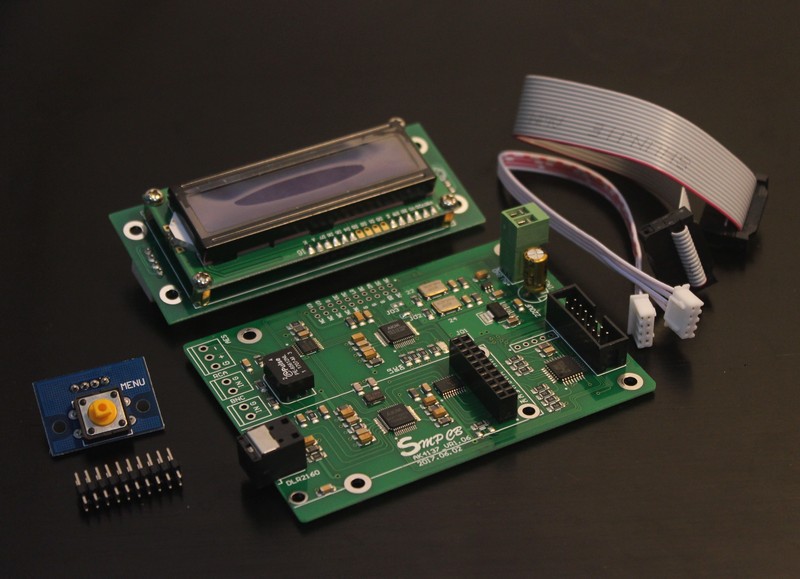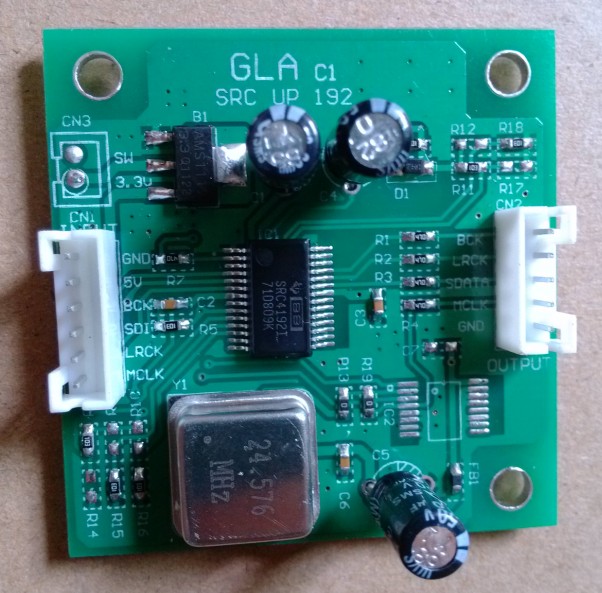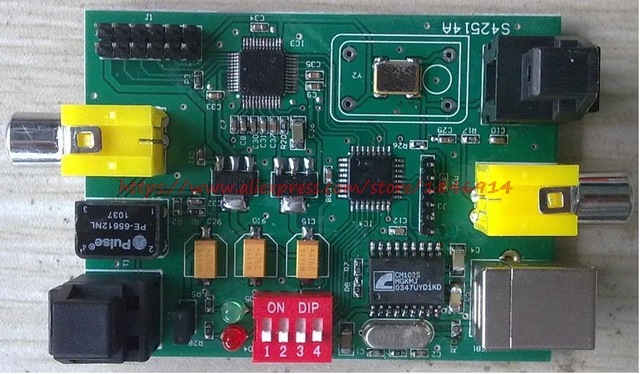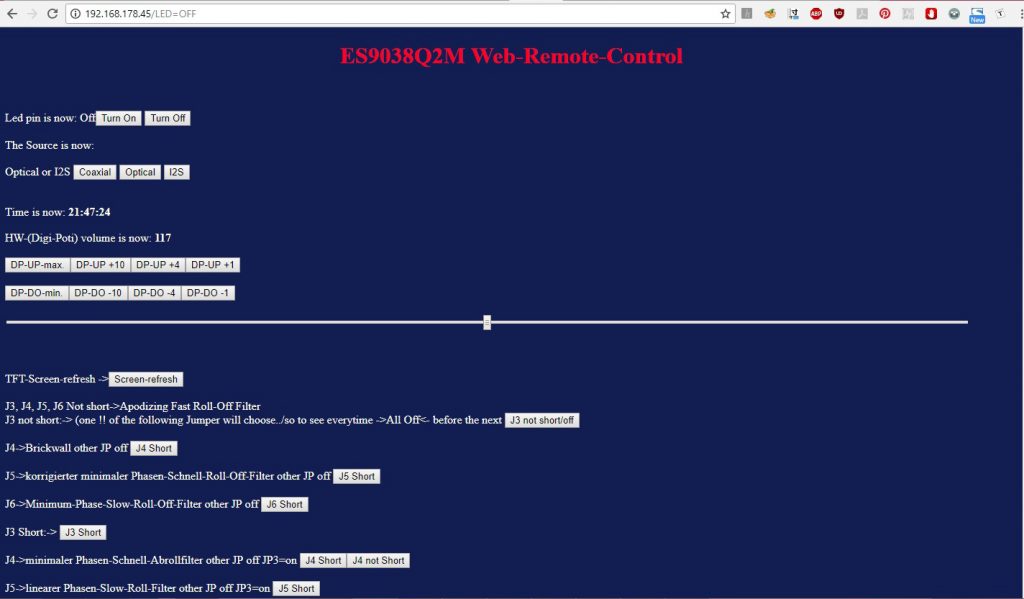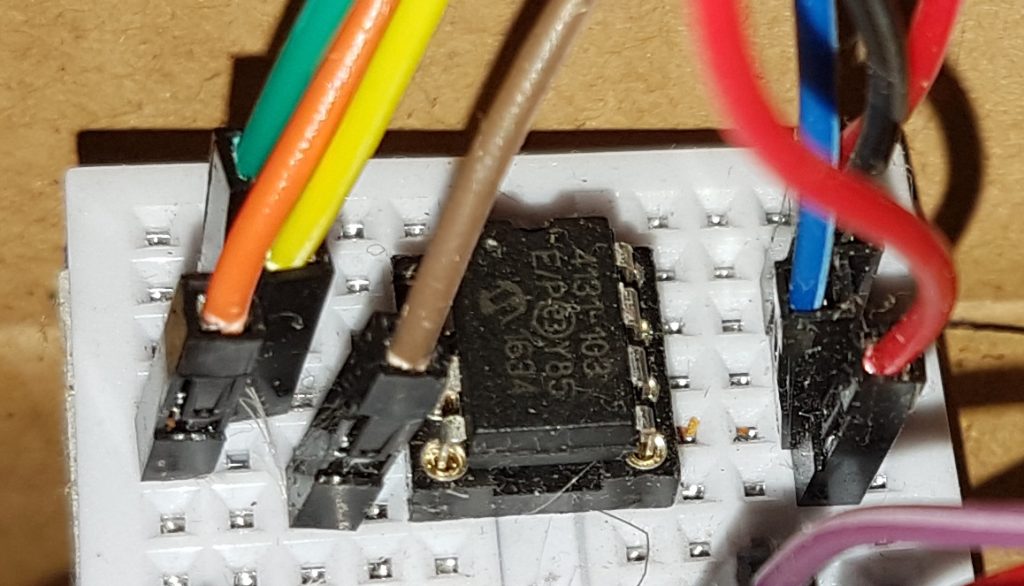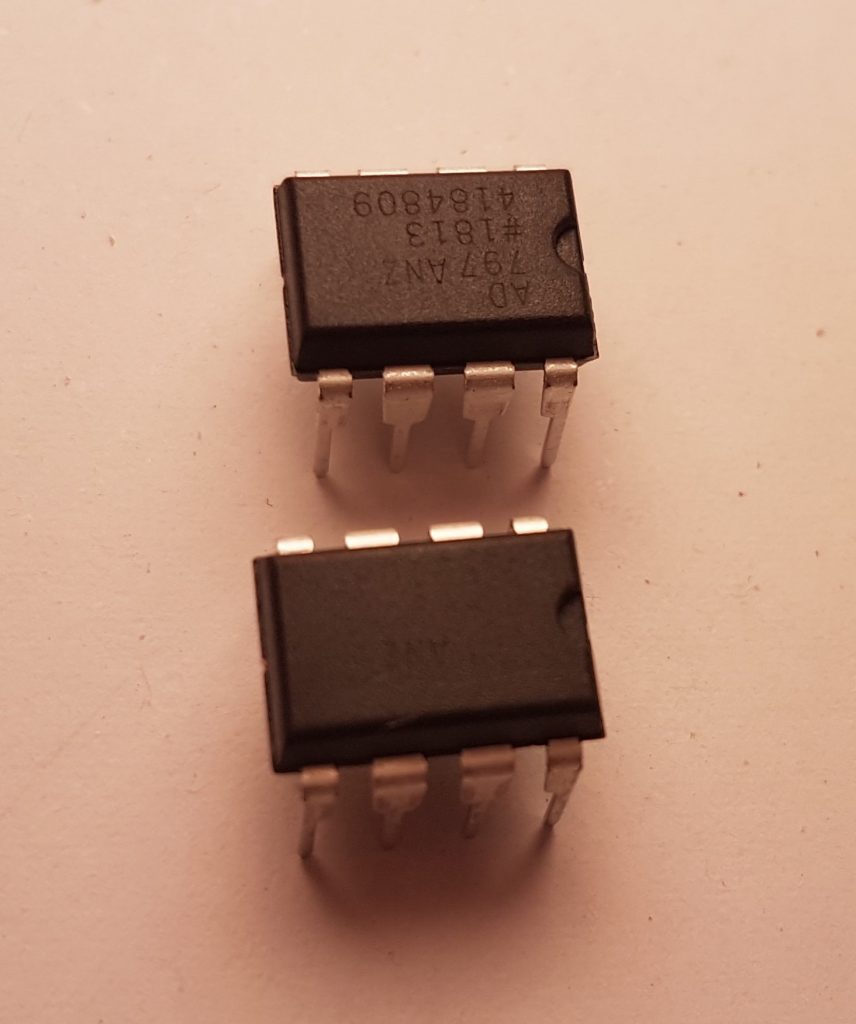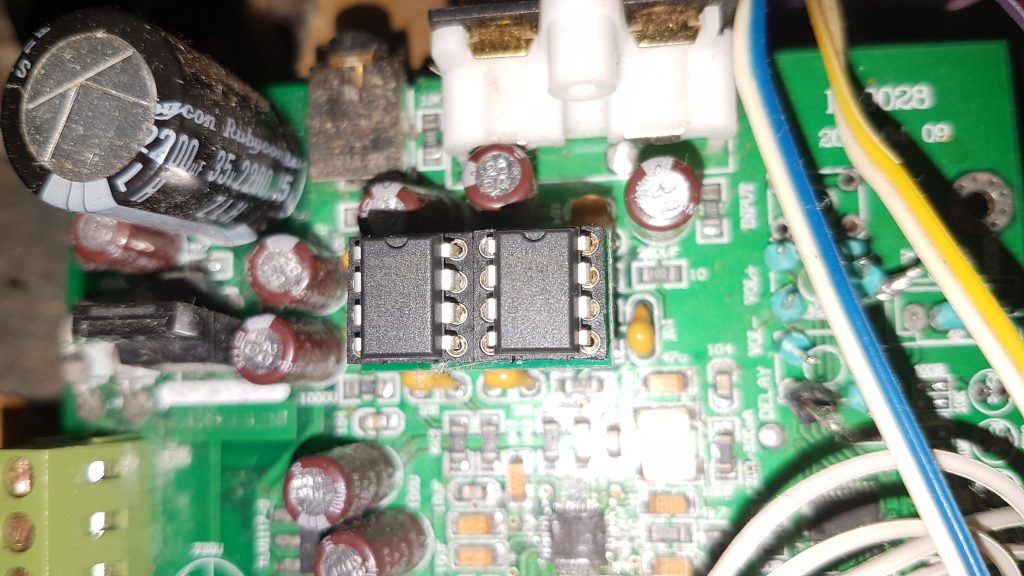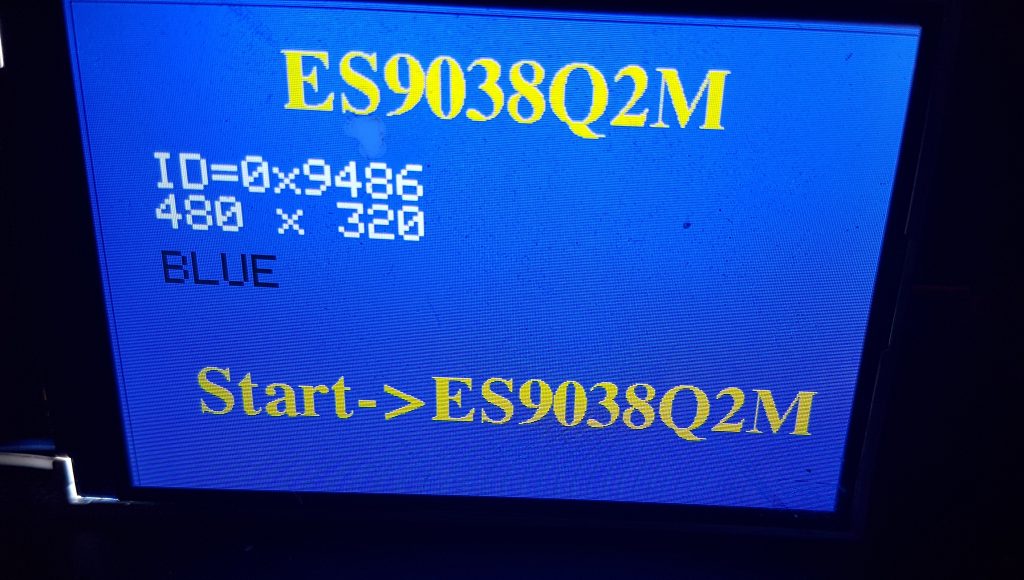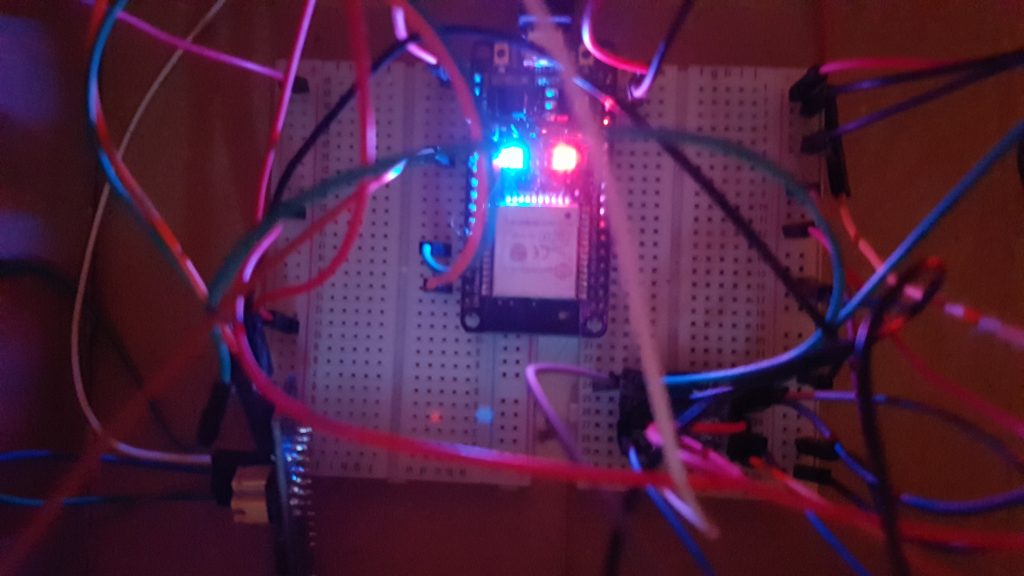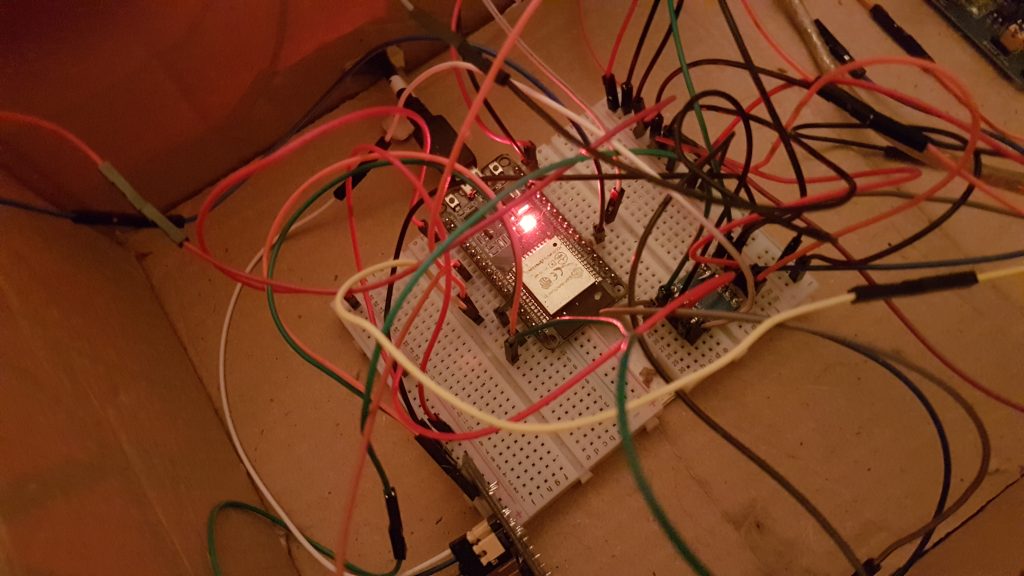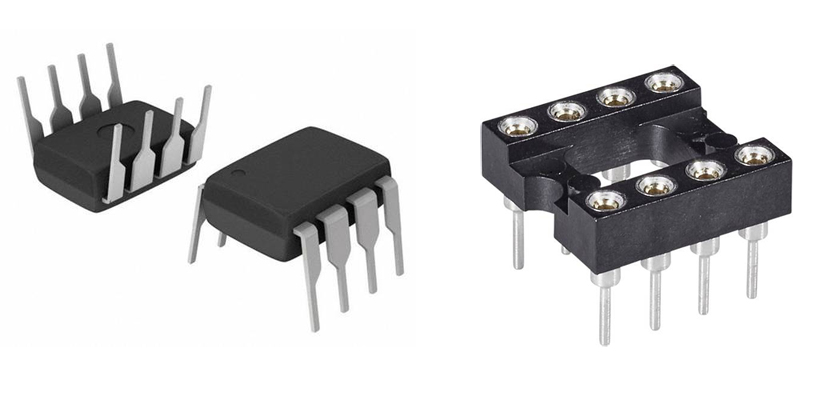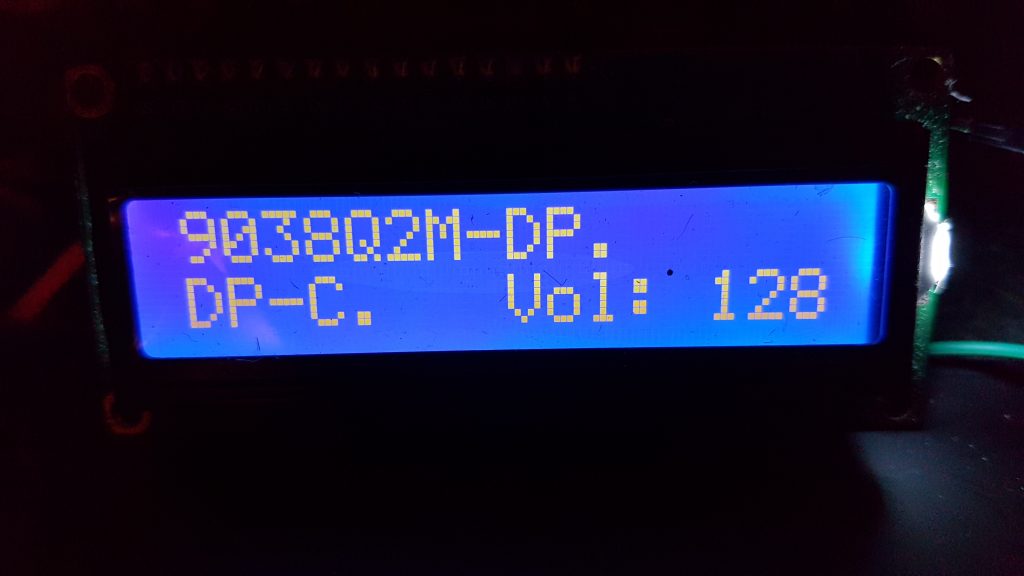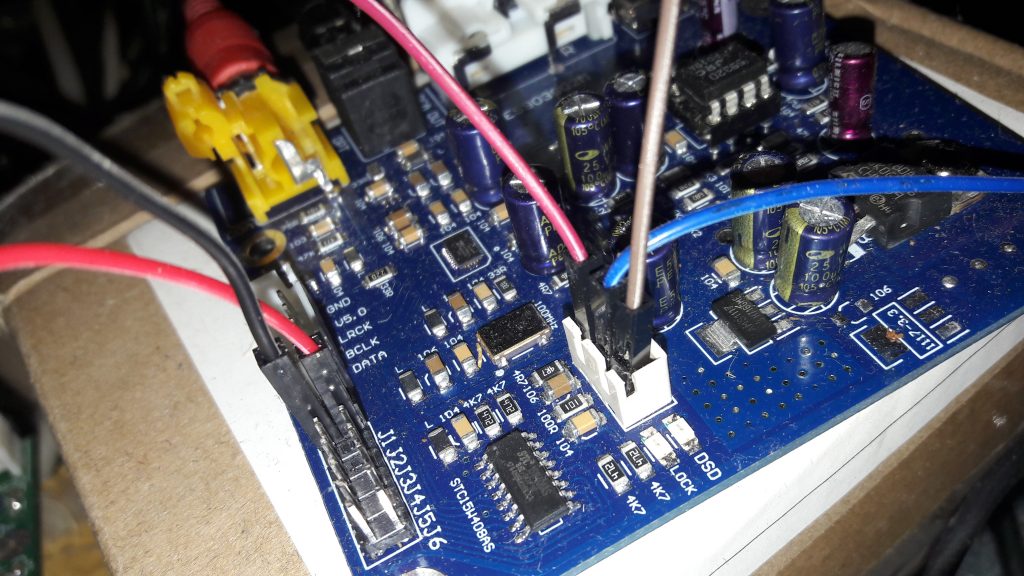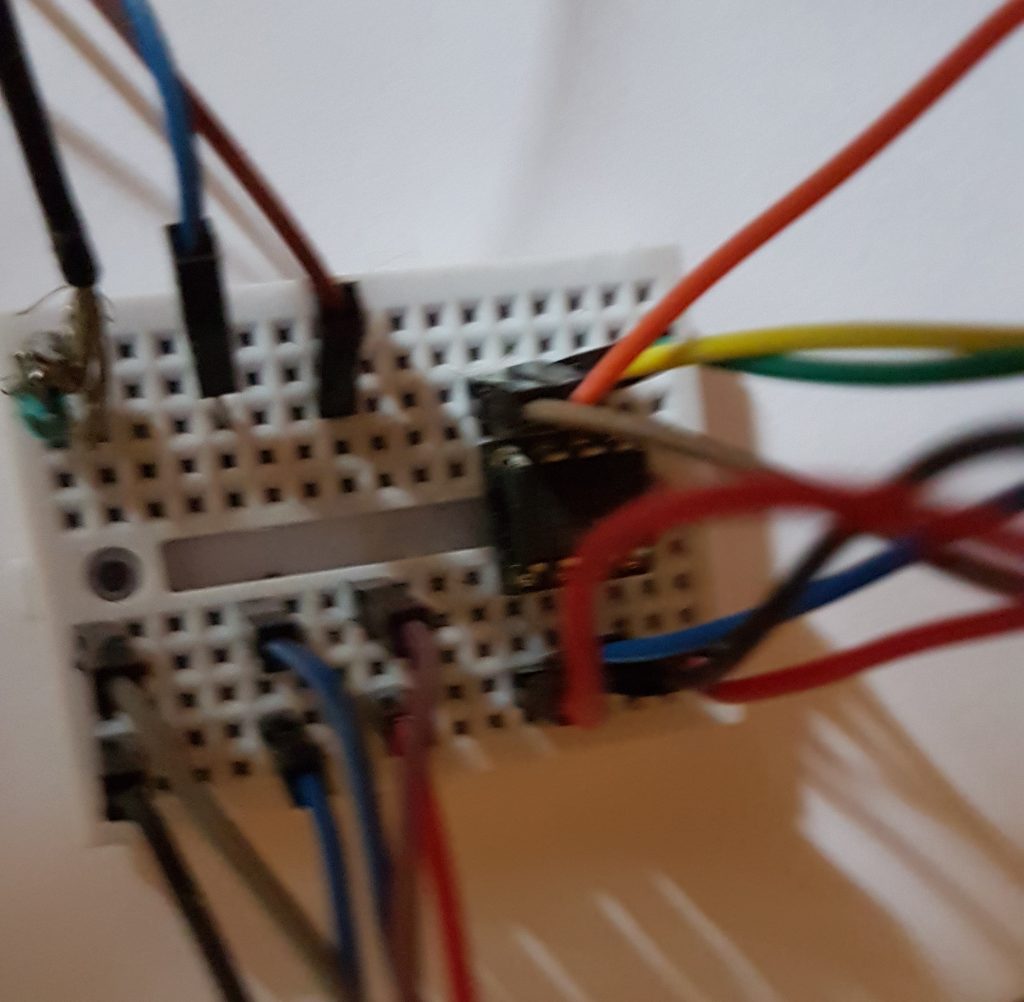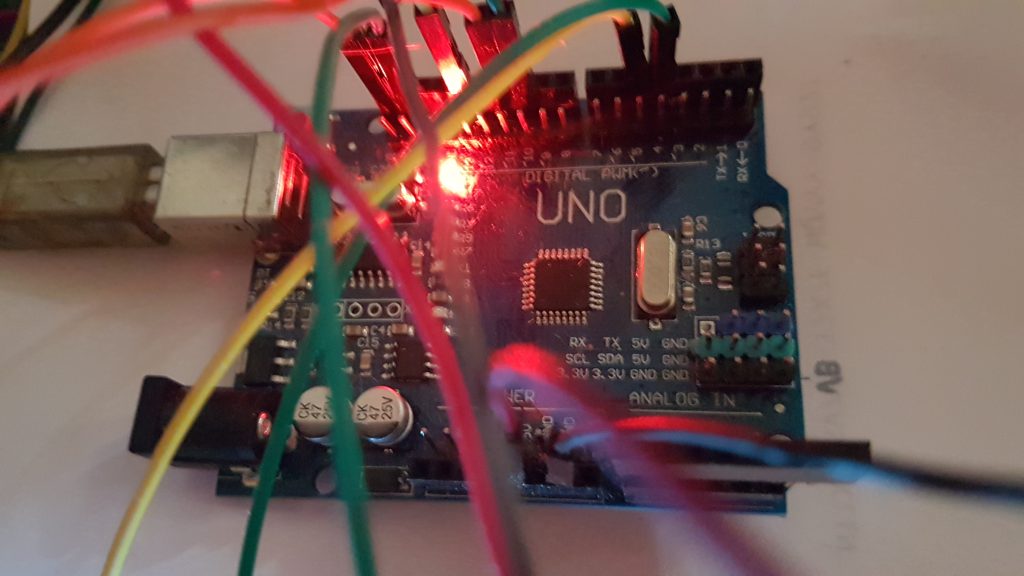SRCs TI 4192 + AK4137 / Volumio-update / foo_out_asio foobar2000-component
so, 😉
as said, “we” have to improve the input-quality (to an ES9038Q2M par example) jitter+dynamic-range/SNR-wise->”Dynamic range: 144 dB (-60dBFS input, BW = 20Hz to FS/2, A weight),THD + N: -140dB (0dBFS relative input, BW = 20Hz to FS/2) (excerpt datasheet Ti SRC4392) over I2S (directly to the ESS-chips) from spdif or USB..
“Markw4” at my praised diyaudio.com-forum (Link), has posted some beautiful pictures about it (hope i can use them here too, if not please e-mail)..
(he posted also that is very important to have a short, in best case shielded, SRC-I2C connection(-cable))..


so u use it before the I2S-input on the sabre-boards..
The Ti 4192 supports only sample-rates up to 212khz, the AKM AK4137EQ “Flagship”-SRC 😉 reaches per datasheet 768khz (PCM) + 12.288 MHz DSD and DR: 186dB !! ● THD+N: -150dB ->Link
(the first picture is with an AK4137-assembled board (80$)->Aliexpress-Link )
“Markw4” also said that it (the AK4137) sounds maybe “slightly better”..
some Ti SRC4392 is here (25$):-> LINK
(u can get it also assembled+USB-port/connection (60$) -> LINK (as also posted earlier))
have to think about it 😉 ..
okay, next thing is that Volumio is now at 2.411 ->https://volumio.org/get-started/
and another funny/interesting fact is that as i´ve installed a new Win10, i didnt got foobar2000 configured with foo_out_asio although i thought i had all “components” (foo-input-sacd, asio-proxyinstall etc..) correct “applied”, but i didnt have the “foo_out_asio” selection (or asio at all)..
searched for the foo_out_asio_plugin but didnt find it (the right one)..
found it back in “our” Topping DX4-driver pack->its here again foo-out-asio 2.1.2 (foobar2000 component)->http://essabre-90xx-rpi.sfb2.com/pics/foo_out_asio.fb2k-component
greets for now 😉
